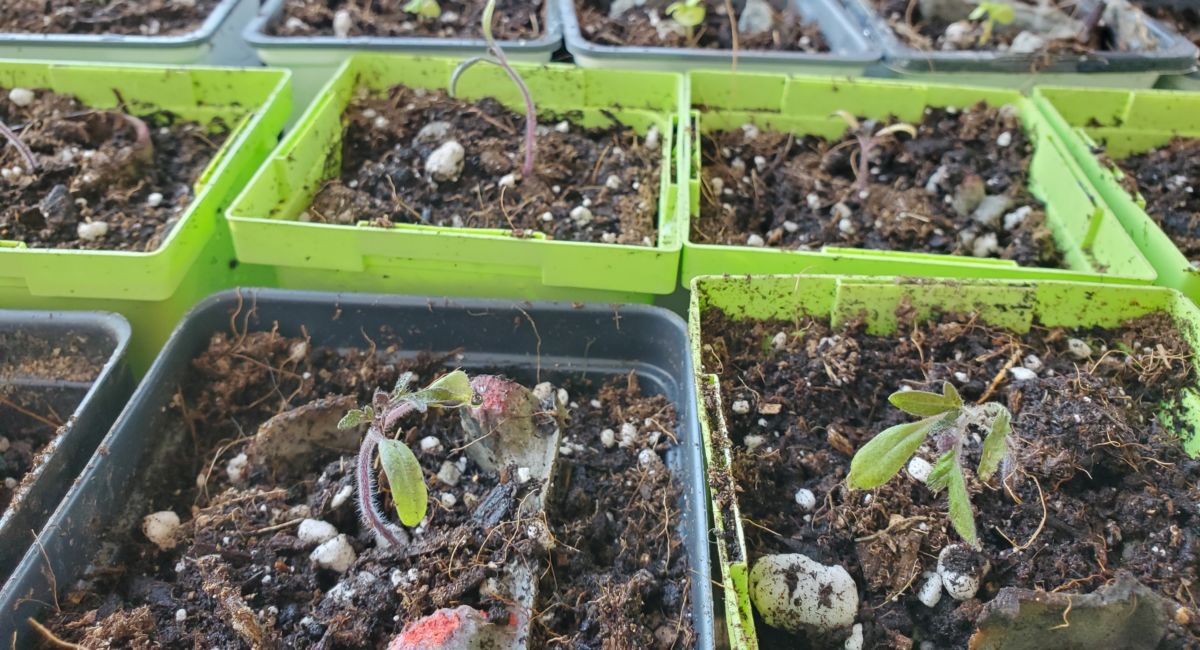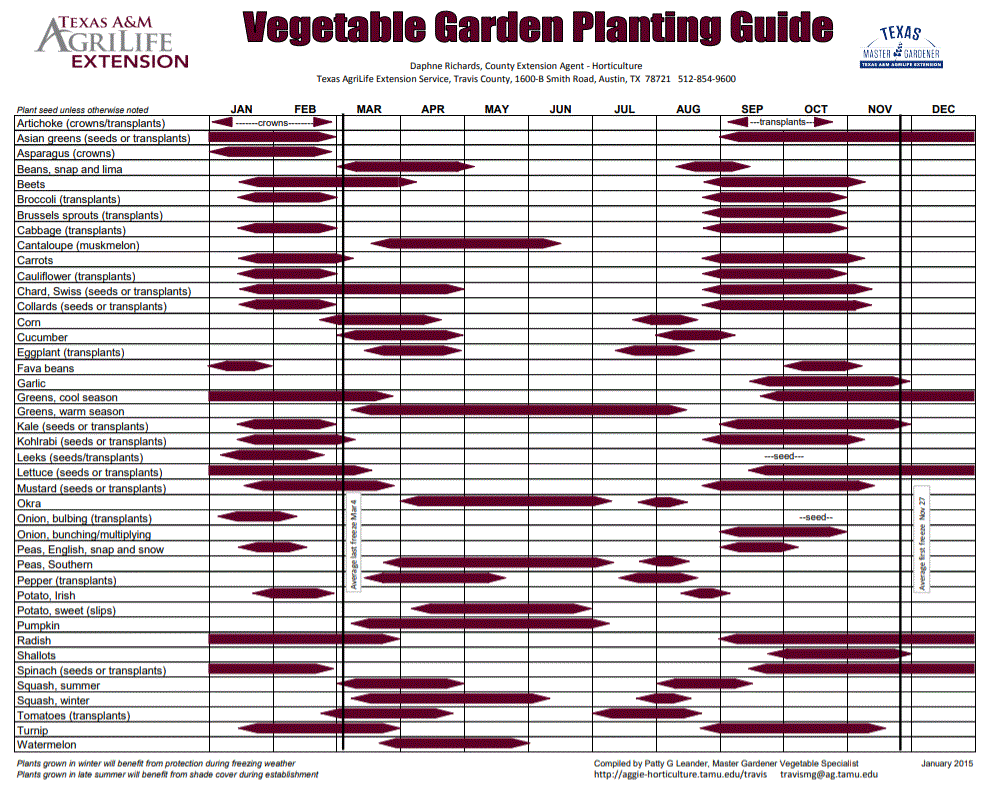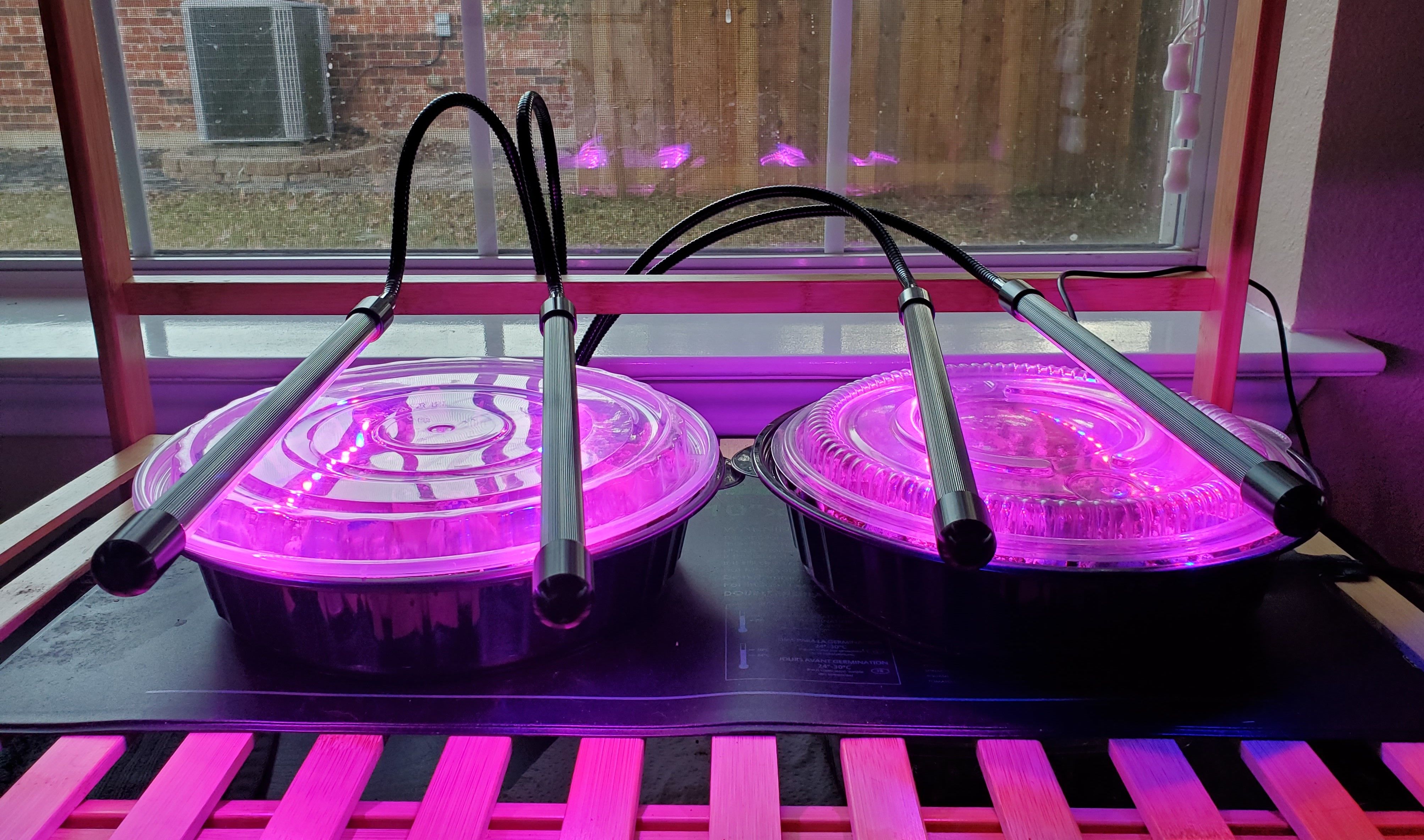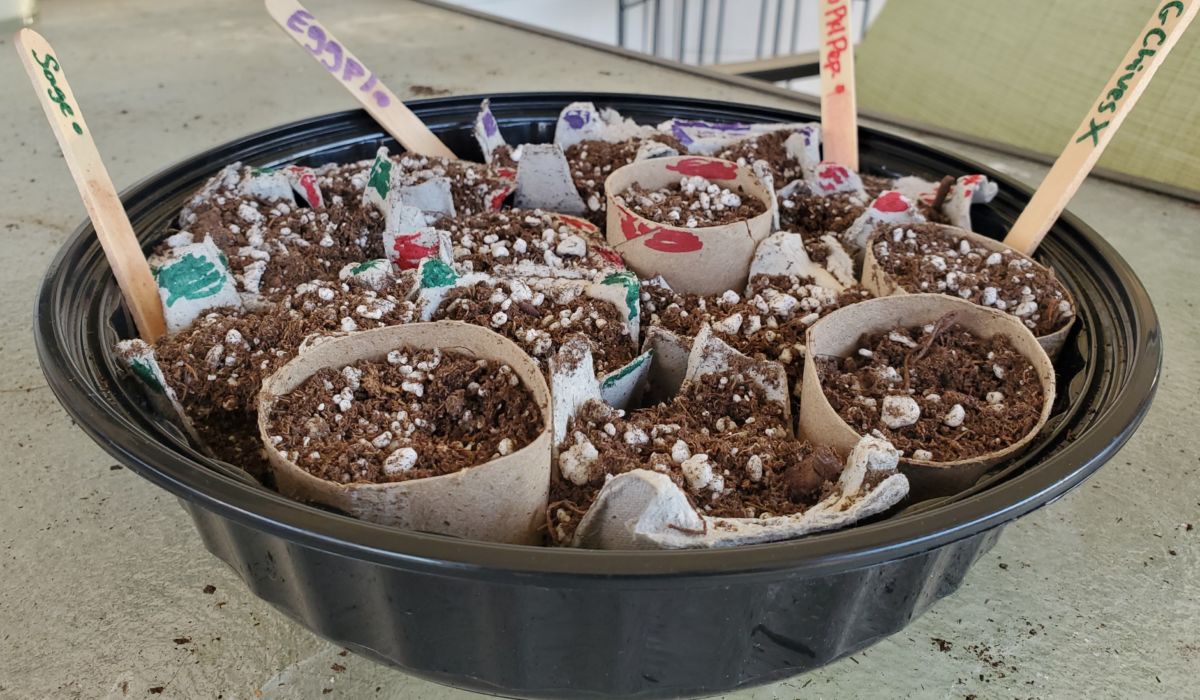
I’ve been starting seeds! Depending on where you are, it may still be too early for you. I’d feel bad for you but I’m too busy having fun.
“Why buy seeds when I can buy plants?” you may ask. Seeds are often cheaper – one plant often costing about the same as a whole packet of seeds. Also, you can get fun versions of plants that are otherwise hard to come by. For example, I’ll be growing red roselle (to make hibiscus tea!) and tromboncino (to grow something zucchini-like without dealing with squash vine borers!), neither of which I would find easily at a garden center. Another plus is that if you are itching to start your spring garden even though it’s too early, seeds can be started about 1.5-2 months earlier to help you scratch that itch. The final reason? It is SO COOL! The pride I feel growing a plant from a seed is pretty great. I mean, who doesn’t want to play god every once in a while?
I’ve already learned quite a few things about seed starting. Mainly from being bad at it the first few tries. (Not that I’ll claim to be good at it yet.) In case you’d like to learn from my mistakes, here are a few tricks of the trade:

What to buy
There are many versions of a type of plant out there. Definitely research which ones are best adapted to your climate as well as the appropriate season to grow. I like to use local garden groups or my local nurseries to learn from people who have been around the block a few times already. For example, here we have a narrow window for the cool/cold season, so carrots and onions that have a shorter days to maturity are a must. Also, don’t grow brassica like broccoli during warm months unless you want to be picking nasty little cabbage worms off of them – blech. The local planting guide is helpful to stick to the best season for easy growing.
If you have limited garden space or only have so much time to spend, you’ll have to be picky about what you grow. The two key factors I have heard recommended are to think about cost and preference. Grow what you will actually eat. As you go along you may start getting more creative, but it’s best to start with something you know you’ll enjoy. Also try to grow plants that are more costly to buy in the grocery store in order to get more bang for your buck.
Another thing I consider is if it is an heirloom variety. Heirlooms are when a plant variety produces seeds that will grow the exact same variety rather than growing some surprise variant. Of course, that’s if you don’t plant something in close enough proximity that can crosspollinate. Like what will likely happen to my pepper plants. Eh, details. I’ve heard wild stories of hot and sweet peppers crosspollinating for surprise concoctions the following year. We’ll see how it goes!

Lights, camera, action!
Depending on when you start seeds, you may need to buy a light source and potentially a heating pad. Some people say it’s definitely necessary, others say it’s definitely not. So…that’s helpful, right? I mean, obviously we haven’t always had the technology so I’m sure it’s possible without all the razzle dazzle. All I know is my attempts to MacGyver seed starting were lackluster without it.
The lights and heating pad are mainly for when you need to start seeds and either (A) you are starting before the ideal time of year for seed growth (people do this to maximize harvest time) or (B) you don’t have a place with enough direct light. If you have a great, sunny window where cats aren’t butts or you know you can reliably move your seed starts in and out of your house every day without getting too lazy, you may be successful without the extra “stuff”.
Buying lights gets into all this jargony stuff that I may or may not get bored of reading and therefore stop after a few sentences. I’m just trialing one I found online that I think all that jargony stuff was recommending. This is all to say that I’d encourage you to do your own research and ask around rather than take my word for it. Good news is, if you are moderately handy it really is a cheap setup.

Gnats are evil
OK, not really. But they are really, really annoying. They somehow only want to go into the glass I intend to drink from. If it’s a glass set as a trap? I swear only half as many fly in.
My partner will likely leave me one day because of gnats and other little fly infestations. It’s the curse of being with a plant owner. But in all fairness, his dog gave my cat fleas once and that was…well… surprisingly easier to get rid of. I digress.
The key to minimizing gnats and other small flying things has been to water from the bottom. I am really starting to dig watering plants this way, known as wicking. Wicking methods are nice because the soil takes in just what it needs so you won’t over water. Plus, without the moisture on top you avoid most issues with mold forming.
This one I MacGyvered successfully! Egg cartons and toilet paper rolls cut up and filled with soil, placed in all those restaurant to-go containers we had no use for. I put the plastic top on the containers until the seedlings start poking through. Speaking of, fun fact: people suggest petting your seedlings or having a small fan blowing on them so they grow up strong. I’m not sure how much this truly matters, but it’s fun to pet them and my hands smell nice afterward. (Once they have at least their second set of leaves, I transfer them into larger containers and gradually acclimate them to the outdoors. Check out the roots on this one as I went to swap to a larger container!)

Direct Sowing
Some things do better when you plant the seeds directly into the ground. I seem to still struggle with this, and I think it’s because I am terrible at regularly watering in the beginning. A number of seeds can be soaked beforehand, things like beans, peas, and beets, which should reduce the water needed. Even then I struggle. I’m going to need to set some Google Calendar reminders – sigh.
I can’t wait until, after my words of wisdom, all my seedlings die off on me and I have to go buy transplants from a garden center. That’ll be depressing. On the bright side, I’ll be able to feed you a whole new list of mistakes to avoid.